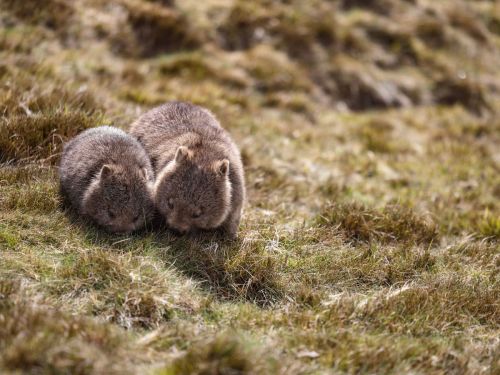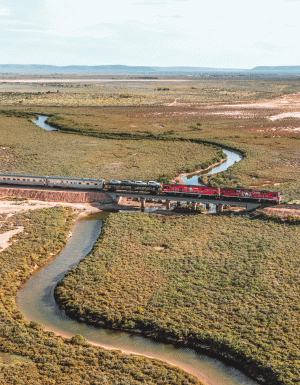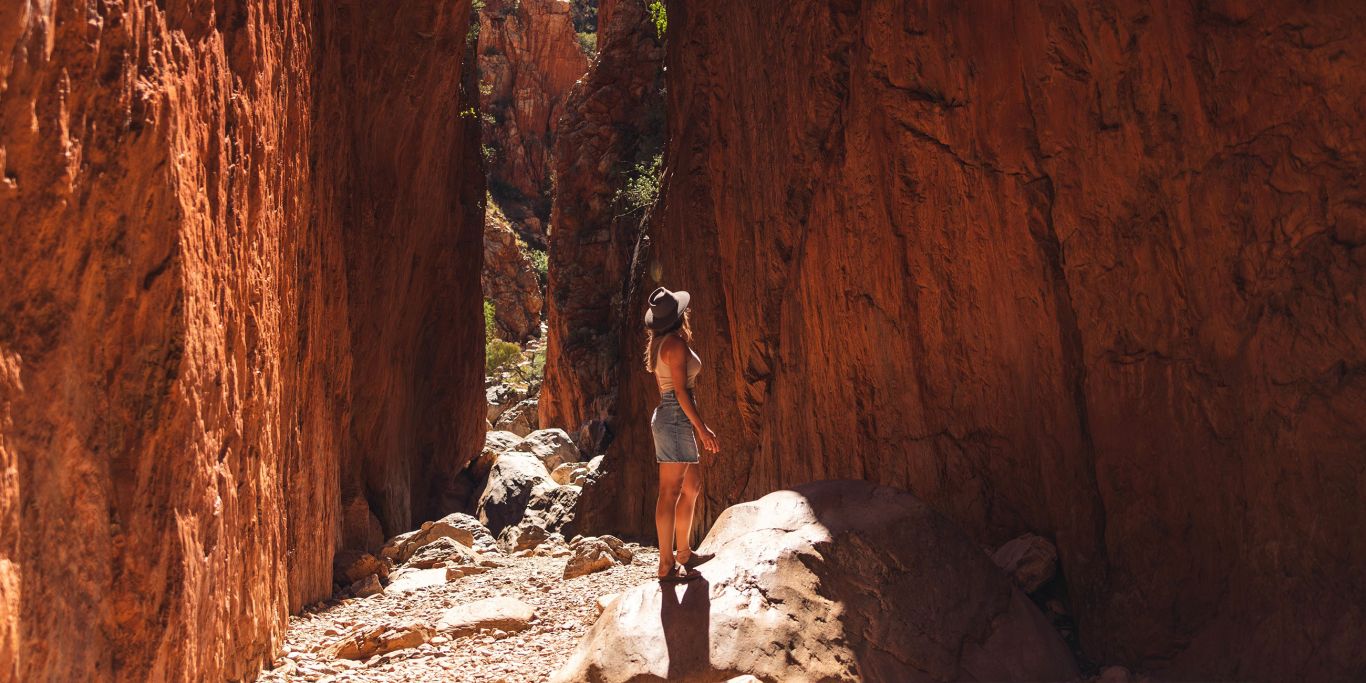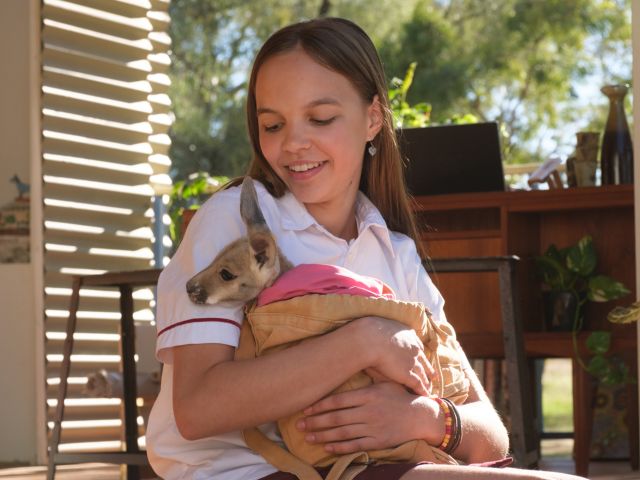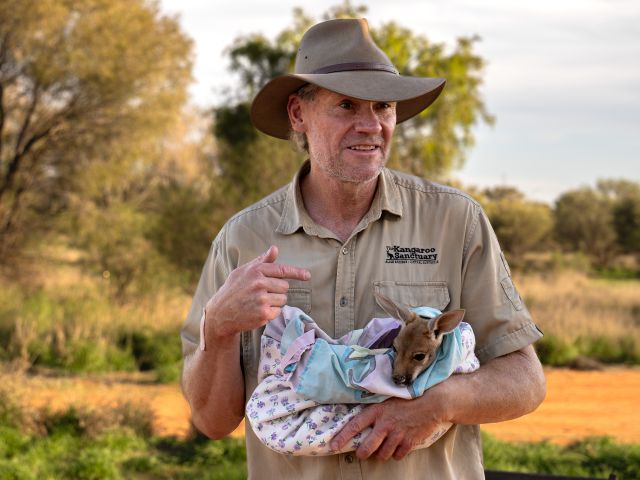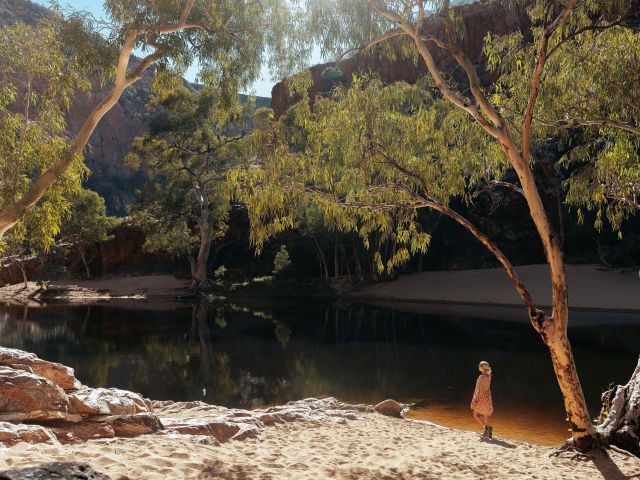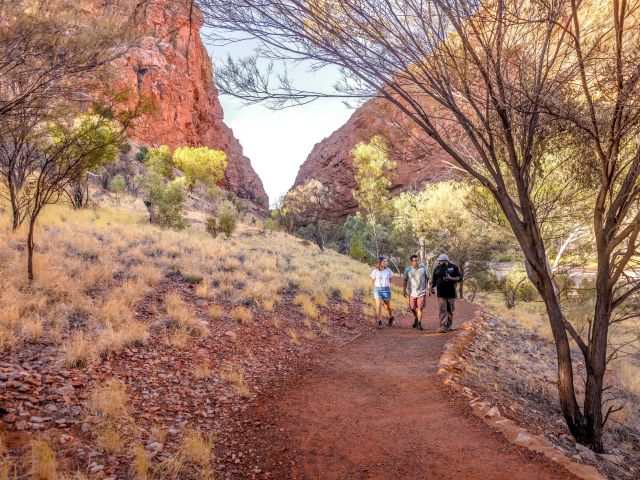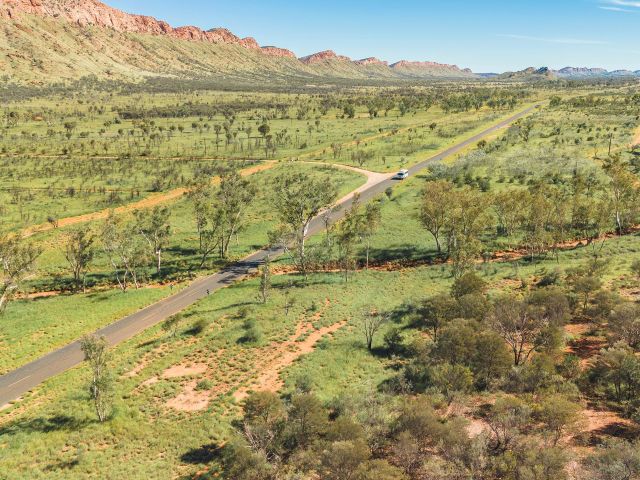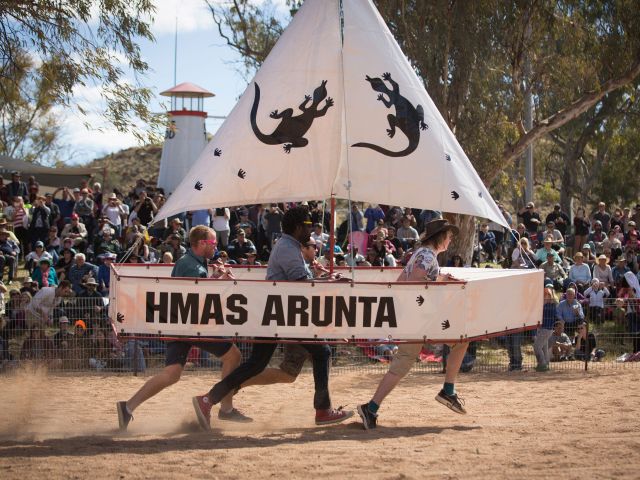Thinking about snatching a joey from its mother for a video? Dilvin Yasa is going to stop you right there…
Many years ago, I was on a safari in Kenya where I witnessed a man throw apples – one by one – at a pride of sleeping lions. “I didn’t pay all that money to look at sleeping lions," he fumed as our guide took his backpack filled with Granny Smiths and led him away to read him the riot act.
It was the first time I saw such bad behaviour towards wildlife first-hand, but sadly, it wasn’t to be the last. During my travels in the last few years, I’ve witnessed people run over sun-baking snakes ‘for fun’, chase terrified animals for photos and attempt to pick up a sleeping koala for a selfie (she only stopped after I screamed that 80 per cent* of koalas are dripping with chlamydia). A few weeks ago, I stumbled upon a bunch of kids throwing rocks at sheep who were locked in a pen and had no way of escaping the carnage.
I don’t sit back in silence when I witness such horror; I just can’t. I’m not proud of the way I react, but any time I see a situation where someone is scaring or hurting an animal, I “educate" the perpetrator – and if the perpetrator is a child, I turn my response to the parent who is often on their phone and not noticing what their mini Ted Bundy in the making is up to. My words are strong and often, they’re foul-mouthed, but you know what’s further fuelling my rage? The number of people who’ve also witnessed the crime, yet haven’t said or done a thing to help.

In yet another case of ‘cruelty for content’, this kind of behaviour has come to the forefront again this week, when American influencer Sam Strable (known as Sam Jones on her social media channels) shared a video in a since-deleted Instagram reel of her catching a baby wombat and carrying the joey–screeching and hissing with terror–away from its distressed mother, who is seen chasing after her baby. Strable then returned the joey to the grassy side of the road, but whether the mother and baby were reunited is not yet known. There have since been calls to deport Strable and rightly so, but what do we make of her accomplice with the Australian accent laughing while filming the encounter? He should obviously know better, but clearly more education about not only approaching and interacting with wildlife is needed, but also what to do if you see someone harming an animal.
Communications manager for PETA (People for the Ethical Treatment of Animals), Emily Rice, has long maintained that the key to enjoying our animal kingdom is to put yourself in the place of the animal. “Like you, each is an individual with a unique personality," she says. “They’re not toys that sit and wait for you to activate them. If you love animals, observe them from a safe, respectful distance in nature."

For wild animals, this means watching them behave normally in their own natural environment, not interacting with them in unnatural ways, Rice adds. The best bet?
- Watch them from a safe distance. Moving in too close will unsettle them and in some cases, force them to relocate. A good indicator of whether you’re too close or not is whether they’ve modified their behaviour since you arrived. If they’ve stopped eating or moving around, it’s time for you to back away.
- Resist the urge to touch them – even if they come up to you. Cute and cuddly they may be, but they’re still wild animals who can lash out unexpectedly, particularly if they have their baby or babies nearby.
- Avoid feeding them. As tempting as it may be to throw a few pieces of bread, it’s helpful to remember that not only can food outside of an animal’s natural diet make them sick, but we also don’t want them to associate humans with food so that they’re always attacking us (like the mighty seagull) for our snacks.
If you see someone willfully putting an animal in harm’s way? Intervene immediately (if deemed safe to do so) but also make sure you call the police, who will refer you to the appropriate service related to your location. Take care, too, to give the responder information on the time and place the incident occurred, the type of offence and a clear description of the perpetrator or perpetrators. You can also contact your state RSPCA. In NSW, for example, RSPCA NSW , along with Animal Welfare League NSW and NSW Police , have the power to investigate and commence prosecutions under the Prevention of Cruelty to Animals Act.
Emily also says that PETA has added their voice to the others calling for the American’s deportation. “PETA is calling on authorities to deport Sam Strable and to fine her but is also calling on her to pay up at least AUD$100,000 dollars to bona fide wildlife rescue organisations as partial compensation for taking a terrified wombat baby from their mother for her personal, selfish interests. If Strable is contrite and has learned any lesson, she needs to show it. While she cannot ever compensate for the distress caused a wombat mother and her joey, she can help other wildlife in trouble by forking over cold hard cash to bona fide certified rescue groups that are currently inundated with wildlife displaced by Cyclone Alfred."
So what now becomes of Strable? Australian immigration officials are currently reviewing the conditions of the influencer’s visa to determine whether immigration law had been breached, but Home Affairs Minister Tony Burke has released a statement indicating that Strable may have a difficult time returning to our shores. “Either way, given the level of scrutiny that will happen if she ever applies for a visa again, I’ll be surprised if she even bothers," he said.
Let’s just hope the penalty for such behaviour sends a strong message to anyone tempted to stoop to cruelty for content.

*Note: The percentage of chlamydia infection in koalas was exaggerated for effect, actual percentages range from population to population and can be as low as zero and as high as 90 per cent.


